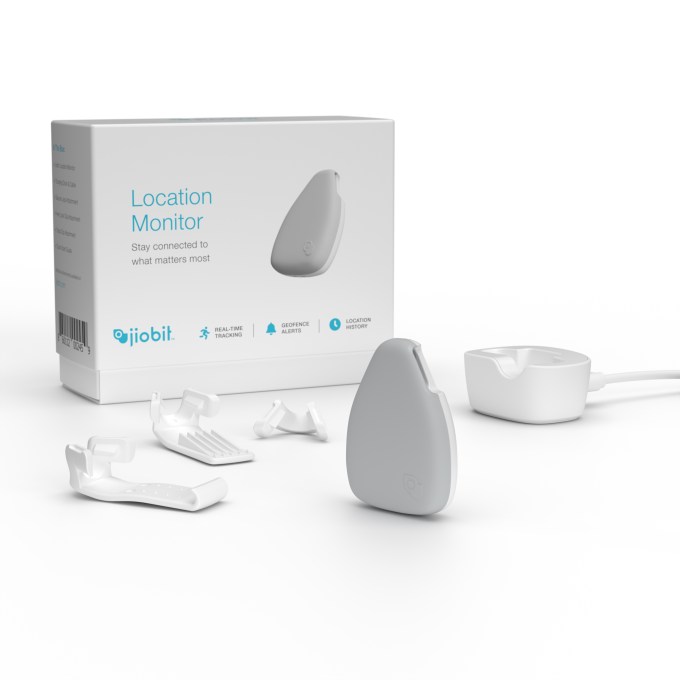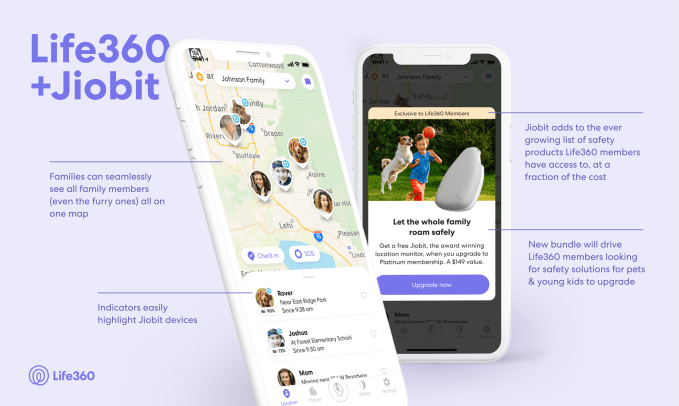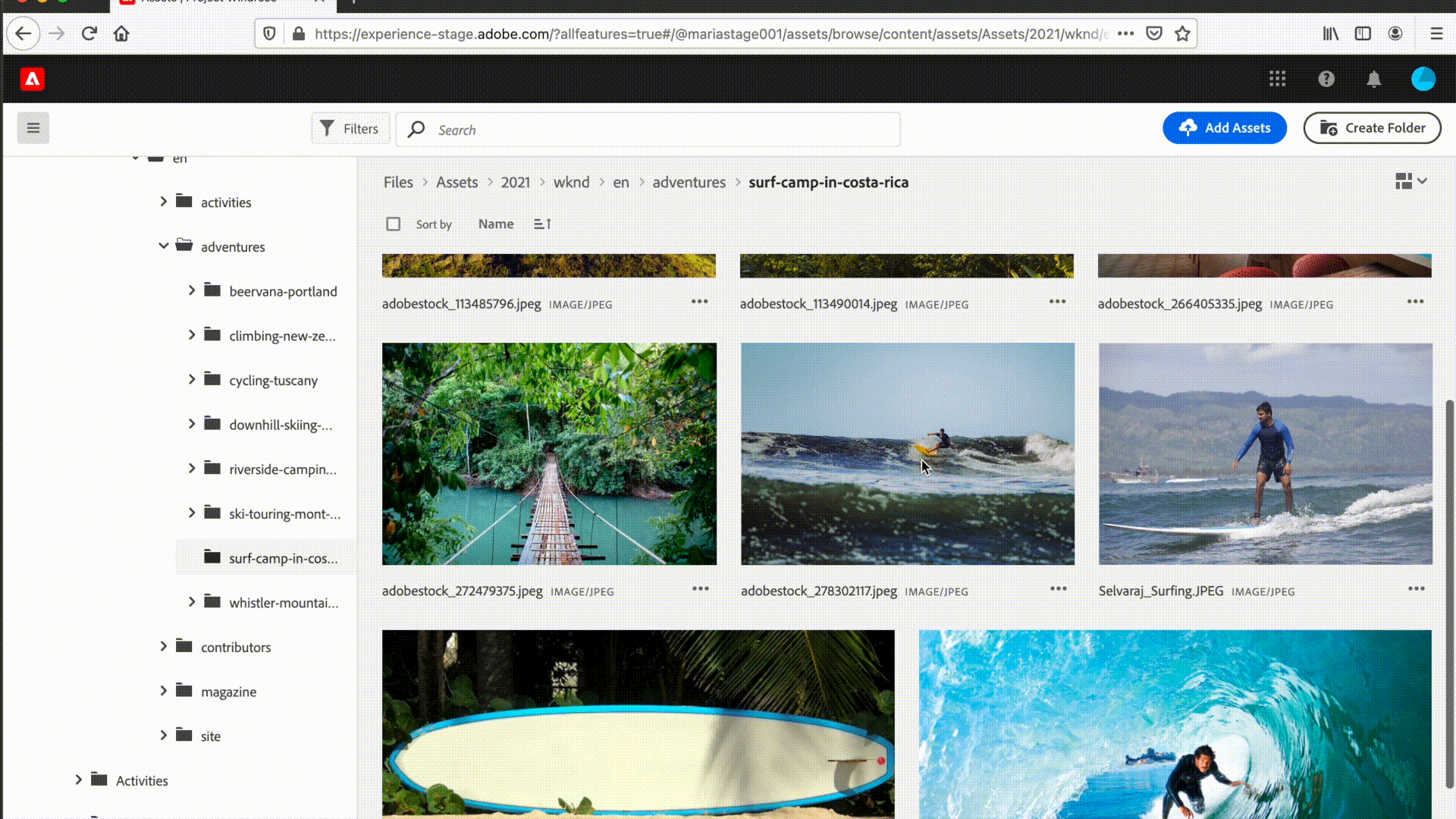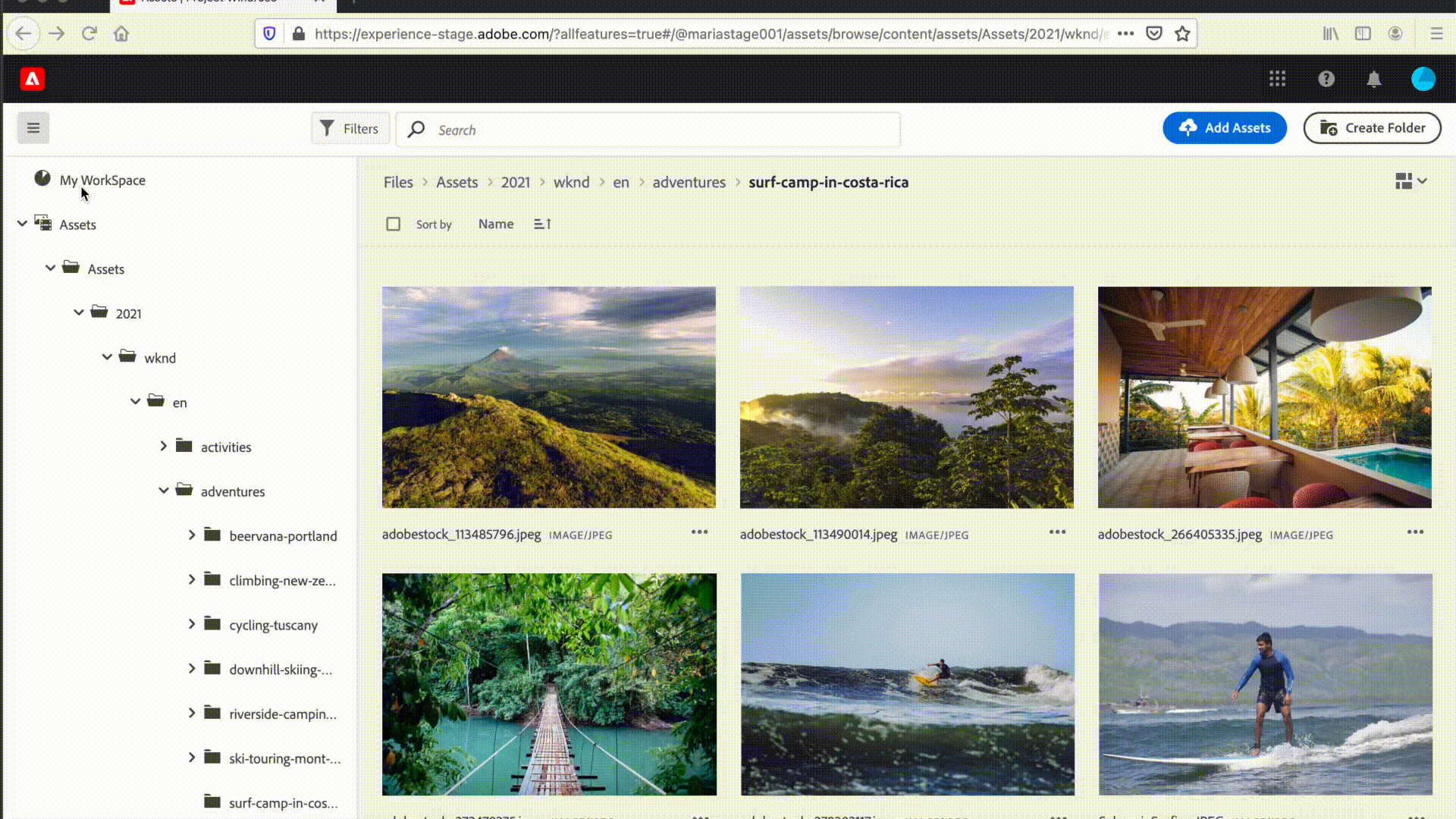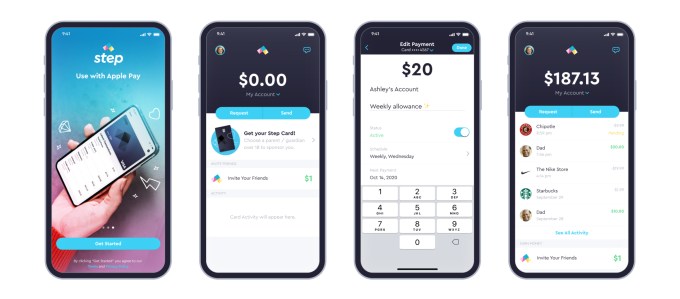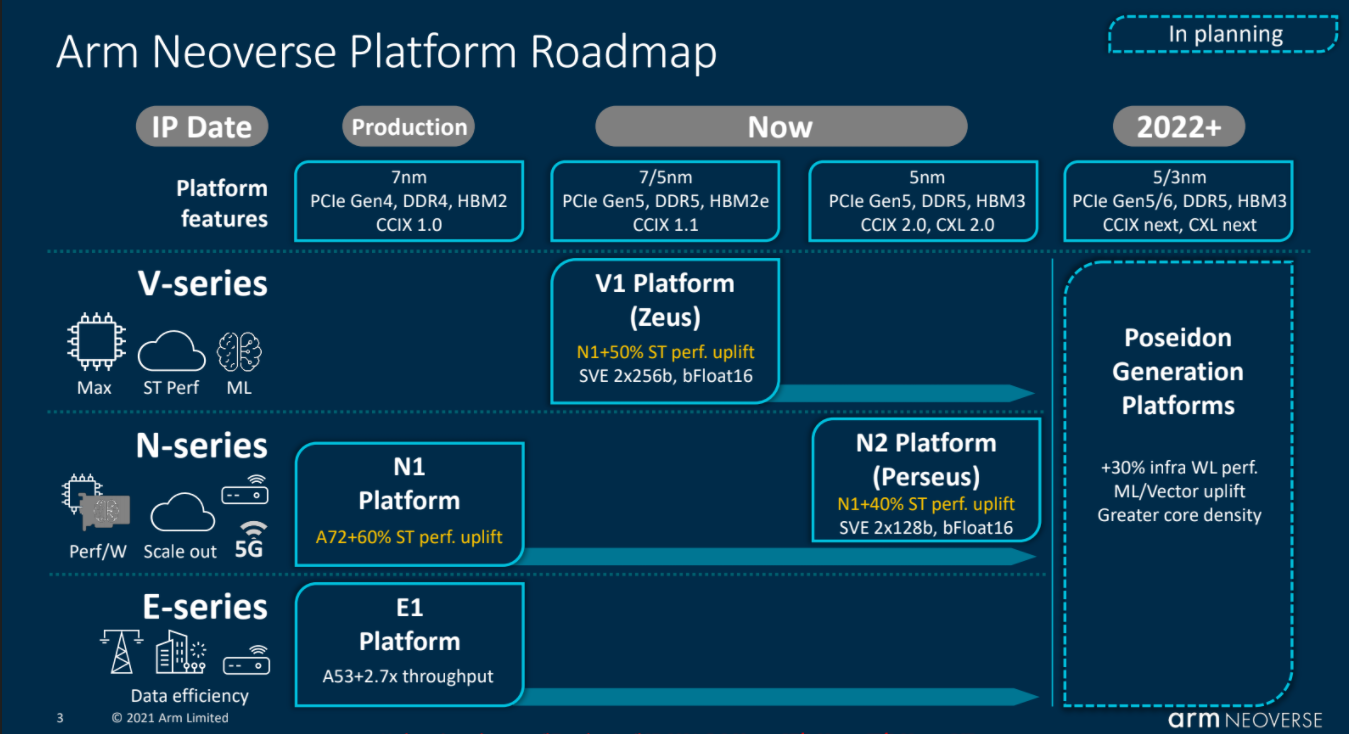News: With Workfront, Adobe combines automated workflow with customer experience
Five months ago, Adobe purchased Workfront for $1.5 billion, a company that helps build marketing department workflows. Today the company is officially announcing how it intends to use it. As marketing executives try to balance mapping strategy to the creative process while building customized experiences, a marketing workflow tool would fit neatly into Adobe Experience
Five months ago, Adobe purchased Workfront for $1.5 billion, a company that helps build marketing department workflows. Today the company is officially announcing how it intends to use it. As marketing executives try to balance mapping strategy to the creative process while building customized experiences, a marketing workflow tool would fit neatly into Adobe Experience Manager (AEM), and that’s where it has landed.
Alex Shootman, who was CEO at Workfront and is now VP and GM of Adobe Workfront, told me they see the tool as the system of record for the marketing department inside of AEM. While there is more than a hint of marketing in that explanation, the data from Workfront’s workflows acts as a record of the creative process.
As part of Adobe, the company has built hooks into Experience Manager and Creative Cloud to enable marketing’s creative work to move through an organized and auditable process, leaving a data trail that lets management know exactly what happened, a marketing system of record.
Shootman says having this system of record in place allows marketing teams to do several things. For starters, it lets them connect strategy to execution. “If you think about a CMO, he or she and their team is developing the key priorities for decisions for the year or for the quarter [and this helps them] take those key priorities and make sure that they are driving the activities within the marketing organization,” he said.
He says that involves connecting the people, processes and data within marketing into a single system where teams can iteratively plan on the work as changes arise. That’s where Workfront comes into play.
Brent Leary, lead analyst at CRM Essentials, says the approach makes a great deal of sense. “Creating enough personalized content at scale to stay connected with customers as their needs evolve over time is a team sport. That calls for tighter collaboration throughout the creation process, and Workfront within the AEM brings a sophisticated project management capability to the creative process,” Leary said.
During the pandemic, that became imperative as the majority of sales moved on online. That increased the need for speed and agility. Having this workflow tool in place inside the Adobe Experience Manager means it’s not only allowing marketing to build customized experiences for its customers, it also enables them to automate the workflows behind those customizations.
The way this could work in practice is a marketing team creates a campaign and maps it out in Workfront. From there, creatives get assigned tasks and these tasks show up in Creative Cloud. When they complete the assignment, it automatically goes back into Workfront where it will be reviewed, eventually get approved and get published to the Digital Asset Management (DAM) tool where it will be available for use by the entire marketing team.
When it comes to acquisitions, it’s hard to know how well they’ll turn out, but Workfront seems particularly well suited to the Adobe ecosystem, a tool that can help bring a missing workflow automation component to the entire creative process, while allowing marketing execs to see exactly how their strategy played out.

